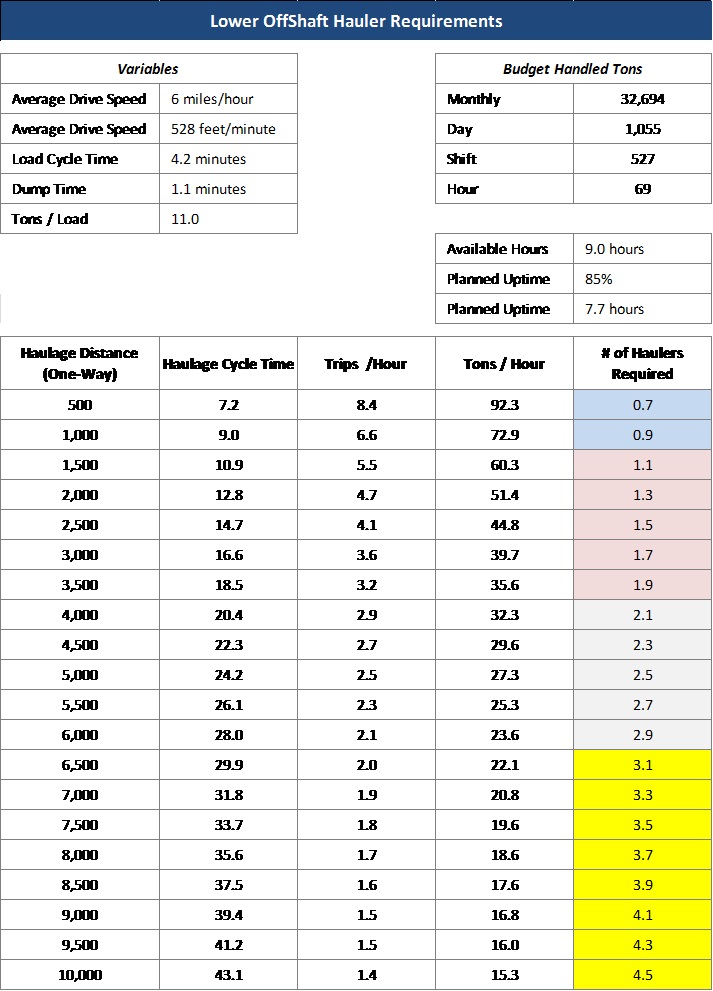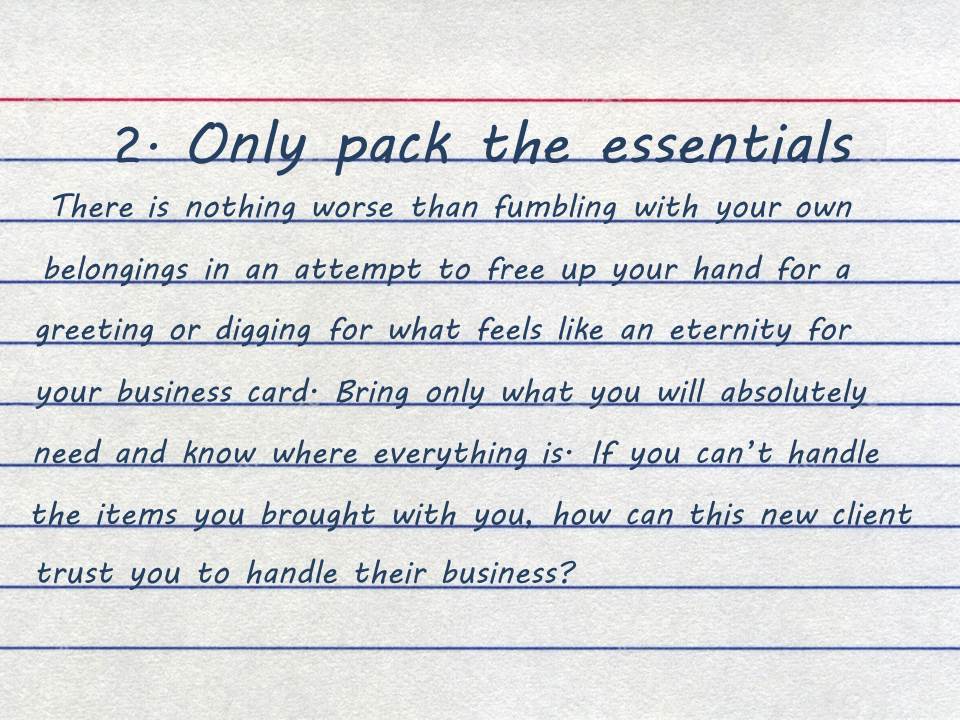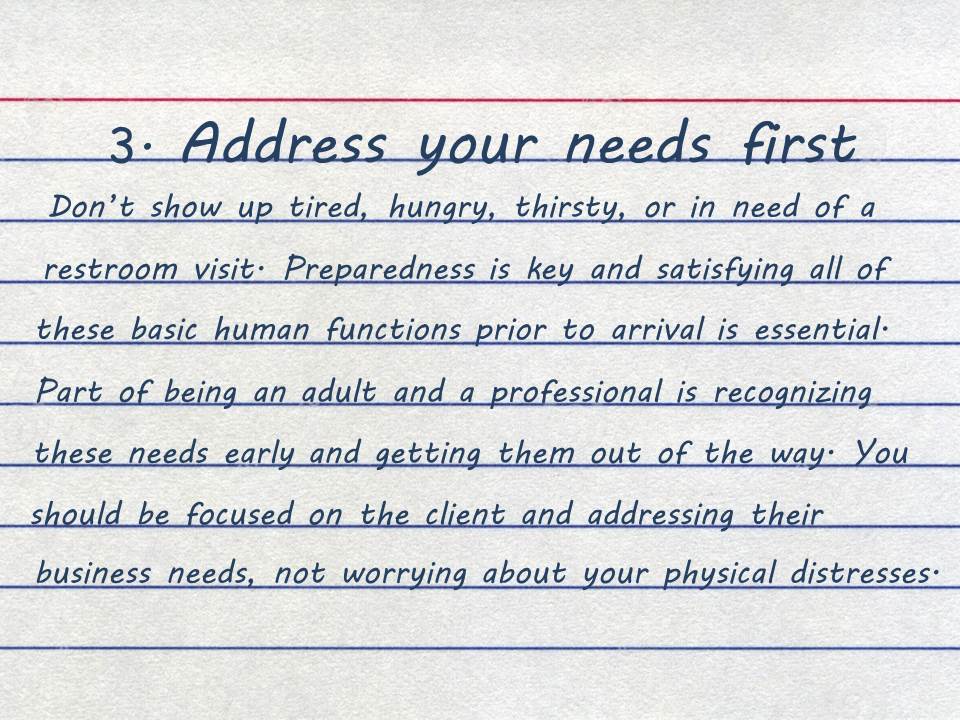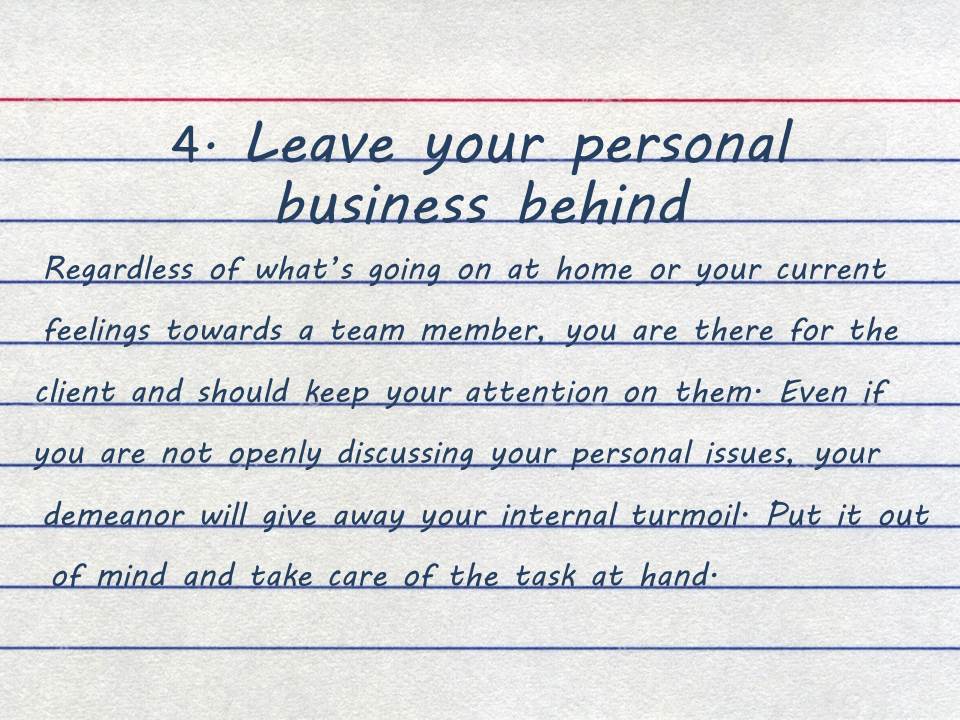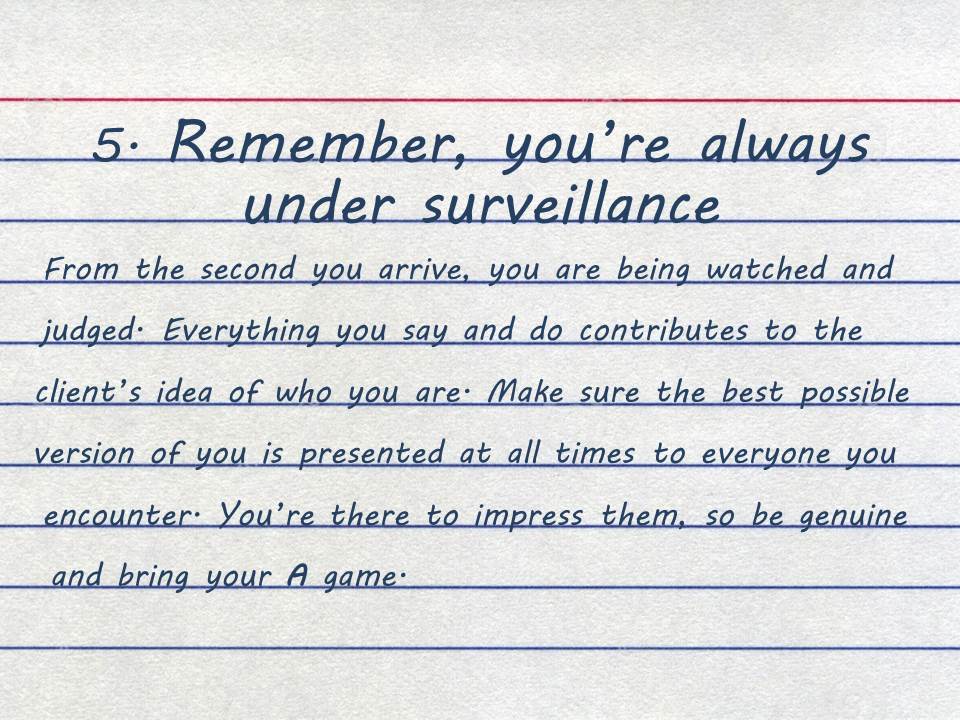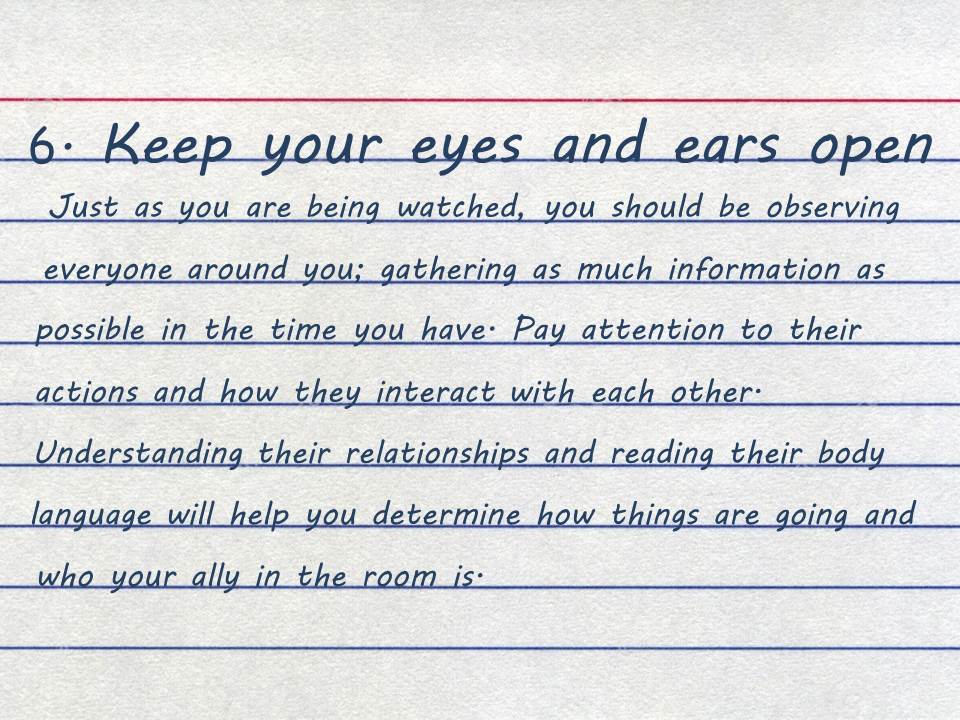-
Subscribe to Blog:
SEARCH THE BLOG
CATEGORIES
- Aerospace
- Asset Maintenance
- Automotive
- Blog
- Building Products
- Case Studies
- Chemical Processing
- Consulting
- Food & Beverage
- Forestry Products
- Hospitals & Healthcare
- Knowledge Transfer
- Lean Manufacturing
- Life Sciences
- Logistics
- Manufacturing
- Material Utilization
- Metals
- Mining
- News
- Office Politics
- Oil & Gas
- Plastics
- Private Equity
- Process Improvement
- Project Management
- Spend Management
- Supply Chain
- Uncategorized
- Utilities
- Whitepapers
BLOG ARCHIVES
- July 2025 (1)
- June 2025 (4)
- May 2025 (1)
- April 2025 (1)
- March 2025 (1)
- February 2025 (4)
- January 2025 (4)
- December 2024 (4)
- November 2024 (2)
- October 2024 (6)
- September 2024 (5)
- August 2024 (5)
- July 2024 (6)
- June 2024 (3)
- May 2024 (3)
- April 2024 (4)
- March 2024 (3)
- February 2024 (4)
- January 2024 (5)
- December 2023 (2)
- November 2023 (1)
- October 2023 (6)
- September 2023 (3)
- August 2023 (4)
- July 2023 (2)
- June 2023 (3)
- May 2023 (7)
- April 2023 (3)
- March 2023 (3)
- February 2023 (5)
- January 2023 (6)
- December 2022 (2)
- November 2022 (5)
- October 2022 (5)
- September 2022 (5)
- August 2022 (6)
- July 2022 (3)
- June 2022 (4)
- May 2022 (5)
- April 2022 (3)
- March 2022 (5)
- February 2022 (4)
- January 2022 (7)
- December 2021 (3)
- November 2021 (5)
- October 2021 (3)
- September 2021 (2)
- August 2021 (6)
- July 2021 (2)
- June 2021 (10)
- May 2021 (4)
- April 2021 (5)
- March 2021 (5)
- February 2021 (3)
- January 2021 (4)
- December 2020 (3)
- November 2020 (3)
- October 2020 (3)
- September 2020 (3)
- August 2020 (4)
- July 2020 (3)
- June 2020 (5)
- May 2020 (3)
- April 2020 (3)
- March 2020 (4)
- February 2020 (4)
- January 2020 (4)
- December 2019 (3)
- November 2019 (2)
- October 2019 (4)
- September 2019 (2)
- August 2019 (4)
- July 2019 (3)
- June 2019 (4)
- May 2019 (2)
- April 2019 (4)
- March 2019 (4)
- February 2019 (5)
- January 2019 (5)
- December 2018 (2)
- November 2018 (2)
- October 2018 (5)
- September 2018 (4)
- August 2018 (3)
- July 2018 (2)
- June 2018 (4)
- May 2018 (3)
- April 2018 (3)
- March 2018 (2)
- February 2018 (2)
- January 2018 (1)
- December 2017 (1)
- November 2017 (2)
- October 2017 (2)
- September 2017 (1)
- August 2017 (2)
- July 2017 (2)
- June 2017 (1)
- April 2017 (3)
- March 2017 (3)
- February 2017 (2)
- January 2017 (2)
- December 2016 (2)
- November 2016 (4)
- October 2016 (4)
- September 2016 (3)
- August 2016 (6)
- July 2016 (4)
- June 2016 (4)
- May 2016 (1)
- April 2016 (3)
- March 2016 (4)
- February 2016 (2)
- January 2016 (4)
- December 2015 (3)
- November 2015 (3)
- October 2015 (1)
- September 2015 (1)
- August 2015 (4)
- July 2015 (6)
- June 2015 (4)
- May 2015 (7)
- April 2015 (6)
- March 2015 (6)
- February 2015 (4)
- January 2015 (3)
CONNECT WITH US
Tag Archives: Project Site
One of the benefits of working for a consulting firm is the exposure to a wide range of industries and working environments that a majority of the population will never have the opportunity to experience. Most people will never step foot in an underground gold mine, a candy factory, a pulp & paper mill, or a chemical processing plant, let alone work in all of those places in a given year. We are not most people, and we work in all types of places with all types of clients. It’s the variety of situations that draws us in and the need to improve those situations that brings success to our clients.
Why do we love consulting so much? Because…
We are genuine problem solvers. The thrill of taking on a new project with its own set of challenges is why we are in this business. We’re hungry for the chance to apply our unique set of skills to a project and see it through. We like to find the source of each issue and apply the right solution to correct it. It’s not a problem for us to fix, it’s a puzzle for us to solve.
We are driven to improve upon the status quo. We don’t like living with things that are good enough; we want them to be the best. We know that processes can always be improved and small changes can make a huge difference. It’s this need to constantly evolve the way we do things that gives our clients the results they desire.
We have the capacity to see more. From within an organization, it’s hard to see where the disconnects are or imagine doing things differently. When a client opens up their doors and lets us in, we see the potential for what their business is capable of. This outsider’s perspective often reveals more than internal audit. We are not bound by the limitations of how things are, we visualize how they could be.
We get to learn from everyone. The knowledge gained from all of our various work sites is a major asset we can bring to our clients. A seemingly unresolvable issue in one industry may have a solution discovered in another. We get to apply our knowledge from several industries to problems in completely different ones. We can apply solutions from mines to offices or hospitals to manufacturing. By coming in with a different outlook, we can suggest an alternative not previously considered.
As a consultant, the experience gained and the opportunity to make a difference for our clients is unparalleled in any other job. We get to bring our ideas to the table, work to implement those ideas in the real world, and see the results. Every client is different, but the desire to succeed at each project is always there.
In my previous post, I explained how building strong client relationships makes the project process easier and increases overall success. As a company, we pride ourselves on our ability to integrate into our clients’ organizations, find the right solution, and leave them with the capability to continue improving after our project is complete. Part of this comes from our client-centric mentality and constant efforts to be a positive force for our clients. This can at times be difficult for both sides, as it involves a change process that many people are naturally uncomfortable with. The discomfort occurs especially when employees are perfectly content with their positions within the organization. It also involves a large amount of patience from our team. We must explain the process, allow it to sink in, and continue to reinforce all of the main points. Often times a client may develop their own view of the intent of a Management Operating System (MOS) and it is important for our team to remain calm, stay focused, and continue to work with the client to repeatedly direct their attention towards the valuable output of an MOS.
Listening and Understanding
Our first task at every project is understanding our client’s issues, perceived limitations, and goals. We strive to learn their working style, culture, and comfort level. It is during this initial stage of the relationship that we can quickly lay the foundation for success or failure. The quicker we are able to learn our client’s likes and dislikes about their job, the more time we have to build upon that later. This can sometimes be a balancing act between providing impact at a focused level or at an organization level. We recently ran into an example of this at a logistics site office. A site director could not understand why the specific changes he requested were not being completed immediately and were not on the top of the priority list. When dealing with such a decentralized organization, communication and coordination of changes in the management system must be consolidated. This process can sometimes take more time and energy than the client is initially prepared for. The communication of this at the beginning of the engagement is very important so that the client can be prepared for the project as well.
Uncovering Opportunities Together
After we understand the issues, we move forward in discovering the solution, keeping in mind all that we have learned about our clients so far. Their acceptance is important, so we make sure we adequately explain what we plan to do and how we plan to do it. This can be difficult as it requires a certain degree of finesse. It is important that our clients design the answer and we simply facilitate. It is not a game of who is smarter, but rather a training process to view issues as opportunities. We believe that permanent change must always come from within. We will often work through the brainstorming process several times on our own before working through it with a client. This is especially important for the problems that the client feels cannot be solved. One of the first steps we took at a recent project was to train the office staff on identifying issues within the process they were using. This may seem like a straight forward task however, it can be extremely difficult when a “work around” or broken process is part of your day-to-day routine. We worked one-on-one with the office staff to help them review their individual processes by having them decide if each activity is value added or non-value added. We also asked them if they thought there might be a better method of doing each specific activity. Once they began to make this distinction, true exception time (office non-value added time) can be measured and quantified. You can really surprise a client when you help them solve a problem that they truly believed was just the “nature of the business”. One of my first posts described in detail the Root Cause Analysis process; this same process can be applied to any issue or problem, and with the right expertise in the room, will often uncover some interesting solutions to the main issue. While working through this process one client remarked that, “We would never be able to get rid of this problem. It would always occur as it is part of our business.” He was entirely accurate in his statement. However, what if 60% of the issue could be reduced? The business essential 40% would remain, but the capacity from a 60% reduction in major office issues would open up, leaving plenty of room for growth.
Making the Real Change
The implementation of our proposed solutions can be the most challenging phase of a project in regards to our client relationship. Often, this is where other firms will stop and leave the most difficult portion of the change process up to the client. This is the most powerful stage in the process, as it can merit our client’s infinite trust or make us seem like we’re “all talk”. When we actually start changing the way things are done, we are met with more questions and contentions. An immediate overnight change is very unlikely, as real change is a process that takes energy and problem solving. Our clients realize that we have not just shown up with the answer, we’ve begun to provide them with the tools to expose the answer. It is common to experience a significant amount of push-back from direct managers. This is in large part due to the proximity they have with their employees and their day-to-day understanding of their own KPI’s (Key Performance Indicators). At a recent project, one of the managers was questioning the difference between having the numbers on paper coming directly from day-to-day operations and having them in his head from speaking with his people throughout the day. A comment was made that he knew the business and the reports would only confirm what he already knew. There are several issues with having all of this information in one person’s head. Firstly, if he was sick or on vacation there would need to be a suitable replacement that could decipher the same information. In addition, on a day-to-day detailed basis, management may have a good general sense of the state of the business; however, they typically can’t speak to a weekly trend, monthly trend, or correlations between various KPIs. We need to think about the future. What will the requirements be when the business grows? What happens when there is a shift in management reporting structure? What is the true cost of doing business? If all of these questions can be answered accurately, the management team will be ready for growth. If not, they may be able to maintain and sustain, but will have a large degree of difficulty when it comes to change and growth.
Training for Sustainability
After the changes are implemented, we invest time in training the client team to sustain and continue improving their processes. By transferring the ownership over these improvements to their people, we ensure our solutions last. We know as soon as we get to this phase whether or not our client truly understands that value of what we have put in place at their organization. If they understand this, they will gladly take over any and all responsibilities as they will be receiving 100% credit for positive change and have been given to tools to drive it. This is an excellent final gauge to understand if your implementation was initially successful. If you sense hesitation on the client’s part at this point in time, you must quickly identify the frustration source and review the intent with the client. At this point in the process, the client should be seeing the value and wanting more. With each significant change they are getting closer and closer to perfect.
At the End
Our projects are only complete when we are confident that our client is able to sustain the changes we have implemented. By understanding their issues, working with their people, and providing adequate support and training, we know we are leaving our clients in a better place with the tools necessary to succeed. We leave behind a management team prepared to take on the challenges of the business equipped with the tools to do so. This is our commitment to each and every client.
While I’ve spent a significant amount of time working with some of our mining clients, I have recently had the pleasure of working with a client in a much different industry, with a new set of challenges. Joining this project has afforded me the opportunity to get to know a new type of business and work with two individuals who have placed a large emphasis on building a long-lasting relationship with this client. Over the course of this project, they have both given me some valuable insight into the kinds of solutions we can provide for this type of client.
The true strength of this relationship became evident through early discussions with the client during the analysis phase; they clearly already had a great understanding of our process and the effectiveness of our methods. As we explained where we believed the opportunities could be found and what we felt the estimated return would be from capitalizing on these opportunities, they didn’t hesitate for a second. They knew our company, they knew the management, and most importantly, they knew what we were capable of.
A Little Background
Our client is a worldwide logistics organization that has worked with USCCG for several years on multiple projects. It’s been a very interesting portfolio, resulting in a true partnership that perfectly models our “client for life” mentality. They understand that true change is a leadership responsibility; but at the same time, they set high expectations for the organization to deliver for both internal partners and external customers. This client relationship is based on mutual respect, which sometimes means we have to discuss tough, uncomfortable subjects; but they know we hold all aspects of the business in high regard for cost, quality, service, and people.
 Our Goal: Streamline Fragmented Logistics Processes
Our Goal: Streamline Fragmented Logistics Processes
The term logistics is often applied to the planning of one or more complex tasks. Traditionally, it has been associated with moving material or people through a process. We like to consider a more broad-based holistic view-point. Logistics is the planning, scheduling, controlling, monitoring, and delivery of goods and/or services from order to cash.
Our process in this arena focuses in large part on the communication loops, either between people or systems, as this is often the greatest area of delay which results in increased costs, decreased service, deterioration of quality, and people’s frustration. The transmission and handling of information behind each customer order is astonishing, especially when you consider the end result of moving a product from A to B. The complexity of this process increases when you consider the multiple business units and multiple modes of transportation, along with the multiple systems being used to manage all of these transactions.
Consider a very practical example: When you look behind your TV at home and see a complete mess of wires running in every direction, you’re not exactly sure how everything functions properly, but it works so you leave it alone. A problem arises when you decide to purchase a new stereo and must remove some cables to plug-in others. You waste an enormous amount of time working through with this tangled mess, and when you’re finished, something isn’t working as it did before.
Our process here began with straightening out each cable one by one. This in itself was a very important exercise to truly understand the current state inner workings of the client before we began. It can at times be the most delicate balance to stay focused through the noise of working with such a large decentralized organization, while at the same time taking in the opinions of each and every employee you meet along the way. Every single opinion or suggestion, regardless of the source, could have an incredible impact on the success of the project. We absorb every piece of information, opinion, and suggestion, and then analyze it until we can draw a conclusion. I can confidently say that we truly leave no rock unturned. Once we have straightened all of the cables out, we began wrapping them up together to create uniform lines of communication.
We’re able to help improve logistical processes by fully understanding the reason for every transaction, reducing/eliminating duplication of effort, engaging enabling technology to improve communication and signals, and having robust business processes for both real-time and long-term decision-making capability. We looked into everything from booking services to dispatching line haul assets to deliver goods.
We didn’t come to the table with a pre-defined solution or software package. By engaging all of the employees in the development of the approach, from C-suite down to hourly, we could truly find a better method and teach the organization how to constantly move towards best. By truly understanding the current state, we could quickly go after gaps and disconnects in the existing processes to drive immediate change. Then, engage the organization in any requisite major changes to better deliver on cost, quality, service, and people issues.
Change is a Process, Not a Destination
Our methodology of discovery, prototyping, and implementation ensures that we have lasting impact and true organizational change. As we like to say, “Change does not take time, it takes energy.” While implementing changes, we always strive to make sure the USCCG project team executes on the deliverables we have committed to, without compromising our client’s values or mission statement.
Our client’s absolute trust in our team has given us the freedom to implement the best solutions possible for their unique situations. Their unfaltering zeal to embrace our recommendations and training has made the change process easier and faster, getting them to a better place in less time. This mutual commitment to support each other’s efforts has been vital to the success of this project and overall client relationship.
The movement of broken rock or “muck” is critical in an underground mining operation. A large portion of mine design is based around getting the muck from the blast area to the surface. This intricate design involves many different methods including LHD (Load Haul Dump) machines, haul trucks, shaft skips, railcars, conveyors, and gravity fed muck passes. In many cases, all of the mentioned methods may be used in conjunction to form the muck system of an underground mine.
The objective of this muck system is to bring an inherently heavy substance (solid rock/ore), upwards in most cases, with as little effort as possible. Regardless of the methods your underground mine is utilizing to bring the muck to the surface, there are typically a limited number of routes to the surface because of the capital expenditure involved in creating exit points. As a result of this, there is a large impact to operations if one of these routes becomes blocked. A blockage may occur for several reasons: critical equipment failure, path blockage by other equipment, or pure congestion in the area. When this situation occurs, depending on where it occurs in the muck system, the muck will eventually back up to the source or where the mining activity is happening. A critical delay known as being “muck bound” occurs when blasting activities must cease to take place because there is nowhere to put the muck. The miners may be allocated to another location; however, that specific location will remain idle until the blockage is corrected. If this situation occurs in a high-grade area of the mine, it can be very costly to operations. With most other methods of moving muck relying only on proper maintenance and operation, the mobile LHD and haul truck operations provide a variable link between the active mining area and the muck system (below).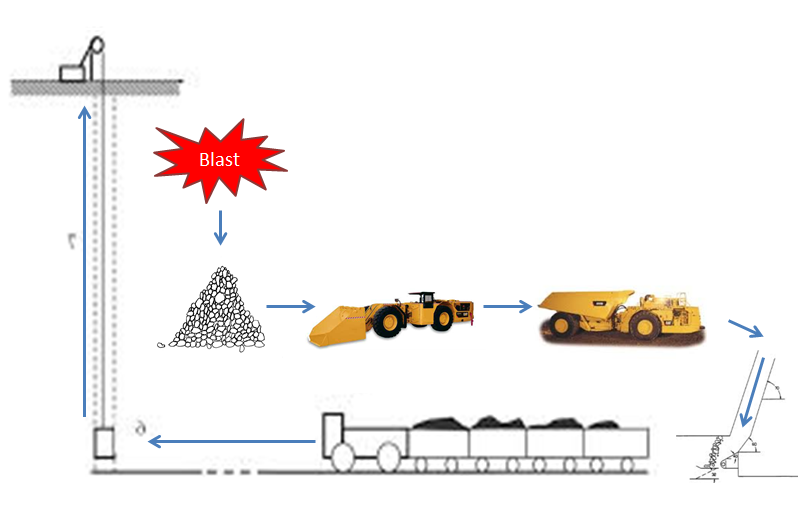
This link in the process can provide a source of opportunity or, if not managed properly, a major source of delay. It is a given that each active mining area will eventually require the assistance of this mobile team to come and take some of their broken rock away and thus, leaving them room to break more. As the breaking (blasting) of rock is arguably the most value added activity in a mine, it is in operations’ best interest to service the mining crew to the highest quality. This is accomplished by providing the miners with as much material as required, when needed, and removing all roadblocks so that the mining cycle can function at an optimal level. Given this great demand on the muck system to keep up with mining activities without allowing a backup of rock anywhere in the process, how does a mine with limited resources deploy these in the most effective manner day in and day out? The challenge of deploying a fixed level of resources effectively with the precision and flexibility to respond quickly to changes in the landscape is amplified greatly in larger mines. Due to the fact that larger operations typically share numerous resources across a vast number of working areas, changing a plan mid-shift can have a significant impact on other areas of the operation. Developing a distance chart could be one of the most valuable tools for your supervisors to use in conjunction with their own level of experience. Here is an example of a distance chart:
For each active mucking area, it outlines the optimal number of trucks that should be deployed to meet the demand of the mining crew. An important element to understand is the concept of optimal in this equation. The first requirement is that we meet the demand of the mining crew. The second requirement is that we meet this demand at the lowest possible cost because these resources could be required elsewhere. Your formula must take into account the following information: Forecasted Demand – How much rock is the mining crew planning to break? Congestion Factor in the Area – How much traffic, aside from mucking activity, is typically present at the location? Distance – What is the one-way distance from the loading location or mining area to the drop point feeding the muck system? Average Truck Cycle Time – Once a truck is loaded, how long will it take to drive to its dump point, dump the rock, and return? Average Truck Load Time – How long does it take for your LHD loader to fill one haul truck? Current Inventory – How much rock has the mining crew broken since last being “mucked” out? With all of these variables known, a distance chart can be created. When planning daily assignments, a distance chart can be very useful to determine the optimal ratio of trucks to LHD machines. This will allow for any excess resources to be allocated to other crews that are short, other areas of the mine, or other job functions. The use of this tool will not tell your crews where to go, but how many resources will be needed once there.
Obtaining the actual Inventory level can be one of the more challenging pieces of information to obtain. This information must be as real-time as possible and accurate. The actual inventory levels along with site priorities will be the guiding force on what locations will require “mucking” assistance. Distance charting, if used properly, can allow the muck system in a mine to rapidly allocate the right amount of resources to the areas that will yield the most benefit. In an industry where the misallocation of such expensive resources can be so costly, the opportunities to gain are equally as considerable. Distance charting is one of the many useful tools that will encourage opportunity seeking decision-making within your company from the front line supervisor level.
Recently, I reached out to one of our most charismatic team members, Charlie Payne, and got him to tell me a little bit about his approach to new projects and, more specifically, his work in the food and beverage industry. Charlie is a Senior Operations Manager at USCCG, and has played an integral role in the development of our strategies and training programs since he came on board in 1990. He has years of experience in various industries including Food & Beverage, Mining, Oil & Gas, Life Sciences, and Manufacturing. Charlie’s innovative solutions and ability to build strong client relationships are the foundation for his long record of successfully completed projects. Here’s what he had to say:
When I start a new project, I certainly like to get face to face as soon as possible so we can get a sense of each other, understand the issues, and decide if we might be a fit. Usually, a half-day on site is enough to see if we want to do a more detailed two-week analysis where we’ll come in with a team and put together a business case and answer three questions:
- Is USCCG the right group to help drive results with this client – do we hit their team right?
- Are the issues we see addressable by USCCG in a timeline that makes sense? Is their management team open to change?
- Is there a viable business case? Usually we strive for a 2 to 4 return on the project costs, depending on the scope of the project. Generally, a bigger scope means a bigger return.
If the business case makes sense, then I like to go in to project mode quickly – the consistency of the team we use is important to us and a lot easier than having an extended decision process that means I need to acquaint a new team to the client.
As a Senior Operations Manager, I am responsible for delivering the results of the project and managing the partnership we have with our client. Working with the bench strength we have in our consultants – full time USCCG employees, many of whom I have worked with for years – can often make the projects successful and fun. To have fun with the client and my team is a key success factor for me.

I have worked with all types of clients, and I enjoy working in the food & beverage industry because it’s unlike other business sectors due to of the variability. In food processing, the input can often be so variable – size, quality, quantity – it can often make us wonder why we try to manage the process at all, when we are out of control right from the start! If you can’t affect the input, then in my opinion, it makes it even more important to control what you can – usually the process within the plant walls.
We’re certainly not making widgets and it’s not as precise as manufacturing. When dealing with nature we can be affected by harvest size, variations in bird or hog size, droughts, so you never know what you’re going to get. Combine that with a work force made up of a multitude of cultures, languages, and literacy skills and you have challenges getting consistency into the process. After 24 years and many businesses, the hardest position I have ever seen is to be a supervisor in further processing in a cold plant.
My work in the food & beverage industry has certainly been across the spectrum from large privately held to co-op, slaughter facilities to further processing. Lately, I’ve seen an increase in organic clients, as well as those expanding heavily overseas and wanting to right size their facilities.
The fierce competition and amalgamation from emerging markets are part of why our food and beverage clients look to us for opportunities to improve their processes to stay ahead of their competitors.
When we engage clients in this industry, we work across a number of fronts – from production plants with a focus on yield, throughput, and productivity – OEE type metrics, installing a Management Operating System (MOS) in the plant to bring consistency between shifts, lines, and plants.
Bringing in our LINCS Business Intelligence solution to allow for the key metrics to be known in a timely manner helps us focus management on the items they need to address in getting the performance they need. More recently, we’ve worked on reducing cost with a focus on the purchasing department and the spend on packaging materials, bringing great benefits to our food & beverage clients.
I believe good management practices are applicable across all industries and our solutions for our food & beverage clients can and have proven to be successful for various other clients.
Everyone understands the importance of making a good first impression, but as a consultant, you’re constantly making first impressions every time you meet with a new client. Each new meeting is an opportunity to present your best self while representing the firm you work for. You’re effectively going on an interview at each new site, so you should treat it as such.
You know the obvious things like dressing professionally, making sure you’re well groomed, and avoiding inappropriate comments, but sometimes you forget the small, seemingly subtle, actions that will change the way the client views you. It’s all of the little interactions you have from the moment you walk through the front door, along with your attitude and body language. Your overall presence is being judged.
To help you make a great first impression at your next job site, just follow a few simple rules:
Keep in mind that people talk, regardless of their position within an organization, and how you treated each individual will make the rounds. You’re an outsider trying to change the way they work, it’s in your best interest to start on good terms and build from there. They should have a positive impression of you, and in turn will be more receptive to you coming back to their workplace and implementing the changes that you’re selling to upper management. Creating a positive energy around you will bolster your chances of having a good meeting and lay the foundation for a successful working relationship in the future during the project.
As they say, practice makes perfect. Obviously, you aren’t going to win every project or get along with every new client, but the more you understand how you’re perceived, the better you’ll get at making a good impression.

